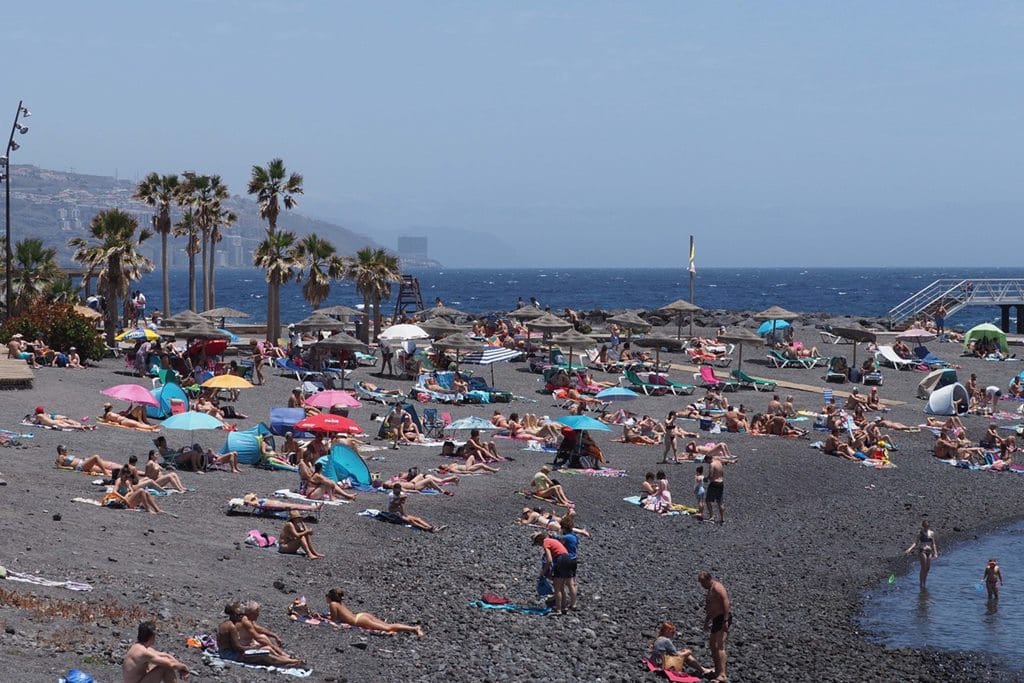By Tinerfe Fumero/Europa Press
According to a report by the Foundation of the Savings Banks (Funcas), 20.1% of the inhabitants of the archipelago were born in another country. This percentage is supassed only by the Balearic Islands, Madrid and Catalonia and the growth has been exponential this century.
One in five residents in the Canary Islands was born abroad, according to data compiled by the Funcas, which is a Spanish non-profit institution of recognised prestige, which manages the social work of the Spanish Confederation of Savings Banks.
The number of foreign-born residents in Spain on 1 January 2022 was 7,506,870 people, 15.8% of the total population, which is practically one in six. Moreover, more than half (56%) of the foreign-born arrived in the country 10 years ago or earlier. For all these reasons, a large part of the immigrant population resident in Spain can be considered “consolidated”. The proportion of migrants is close to two thirds in La Rioja (64%), Galicia (62%) and Murcia (62%), and reaches higher values in Melilla (74%) and Ceuta (72%).
Funcas notes that, despite the fluctuations marked by the economic cycle and the pandemic, Spain has received constant migratory flows since 2000. Even in the year of lowest reception of immigrants (2013), the annual number of new foreign-born residents did not fall below 300,000.
In 2020, and despite restrictions on international movement, almost half a million foreign-born people established a new residence in Spain, a figure that in 2021 exceeded 600,000.
In any case, the presence of the immigrant population in Spain differs greatly between territories. The communities with the highest proportion of foreign-born people are the Balearic Islands (24.7%), Madrid (20.3%), Catalonia (20.3%) and the aforementioned Canary Islands (20.1%), compared with Extremadura (4.6%), Asturias (8.3%), Castilla y León (8.5%), Galicia (9.2%) and Cantabria (9.7%), all of which have percentages below 10%.
According to United Nations estimates, the world’s migrant population at the beginning of this decade amounted to 281 million people, slightly less than 4% of the world’s population, with very significant differences between regions.
By way of illustration, in 2001 there were 1,781,366 people living in the Islands, of whom 107,930 were foreigners, while in 2020 there were 2,175,952 living in the Canary Islands, of whom 292,542 were foreigners.






